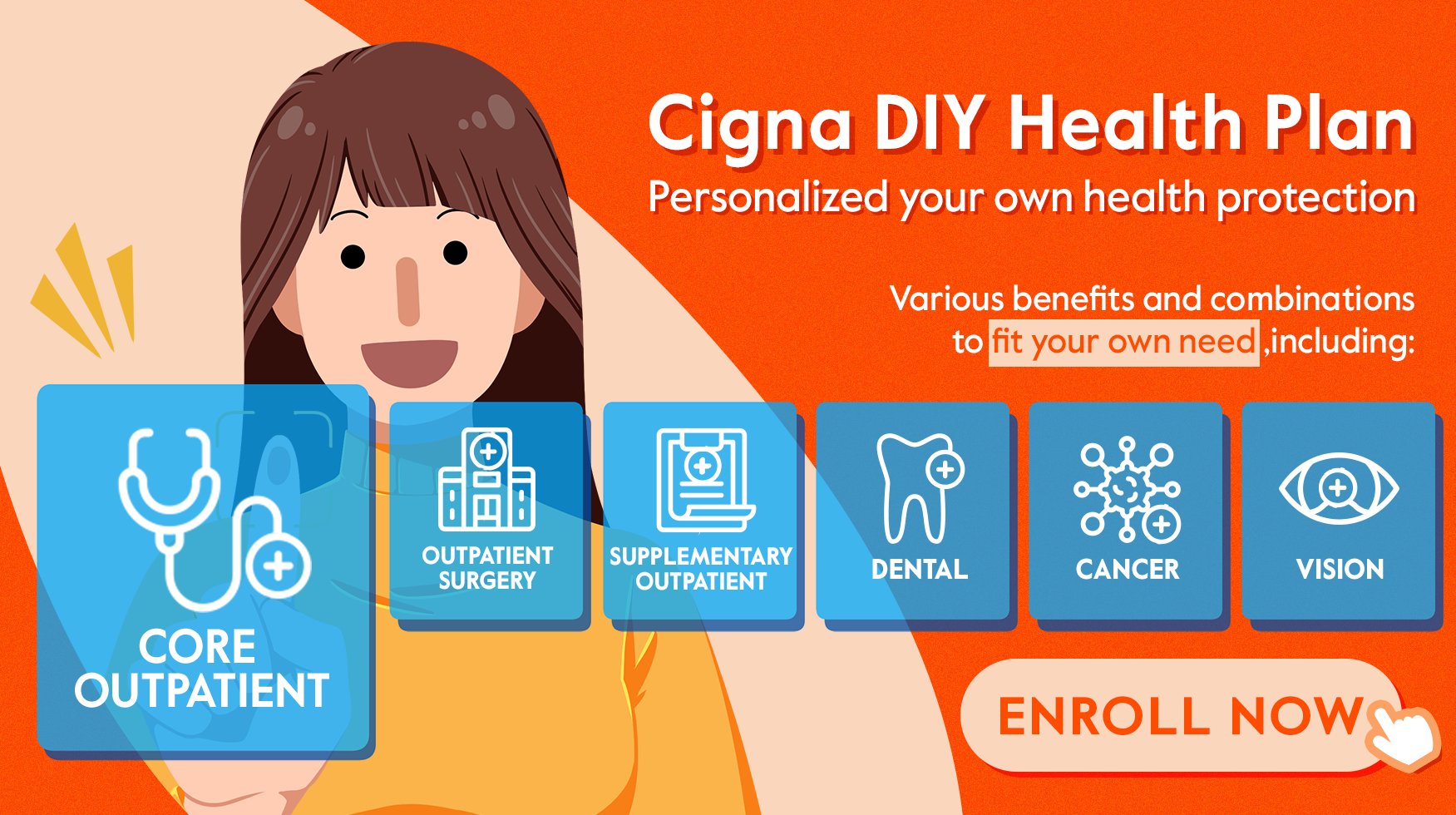With an estimated 1.2 million contact lens wearers in Hong Kong, contact lenses are way more common than they used to be, especially the colored ones which have become the favorite of many beauty lovers. Myths about contact lenses gradually flourish – ‘You can sleep in contact lenses’, ‘There’s nothing to worry about swimming with contacts’, ‘You just need to wash the contact lenses with tap water’, ‘It’s not necessary to wash hands before taking them off’... If we believe in these widespread myths on how to handle contact lenses, it will eventually harm our visions.
Side effects of wearing contact lenses in wrong ways
Since contact lenses come into direct contact with eyeballs, a correct way to wear them is highly important. Any wrong manners of wearing them will affect the vision in the long run.
- Corneal ulcer: When contact lenses are not properly cleaned, they may give rise to bacteria, or even parasites, on the cornea. They cause corneal ulcers over time, which can lead to permanent blindness.
- Dry eye syndrome: Since contact lenses absorb tears on the cornea, prolonged wearing will cause dry eyes, itching, burning, and redness. It will eventually develop into dry eye syndrome, meanwhile having dry eyes will also increase the risk of corneal abrasion by lenses.
- Conjunctivitis: Wearing contact lenses for extended periods or under closed eyelids for long hours, such as sleeping, can lead to corneal hypoxia. The cornea will be more susceptible to bacterial or viral infections, causing redness and swelling.
- Weakened corneal reflex: Constant wearing of contact lenses can lead to retarded corneal reflex (also known as blink reflex) due to the obstacle of the lenses. If the eyes cannot be closed quickly enough during critical moments, the chances of eye damage will greatly increase.
- Droopy eyelids: To put on a contact lens, you have to lift your eyelid. This act aggravates droopy eyelids. In severe cases, surgery may be required to treat the condition.
Want to be pretty without letting your eyes suffer? Apart from fact-checking the false myths about contact lenses, remember to follow the below steps closely, especially when you wear contact lenses for the first time.
Myths Debunked for Contact Lenses Wearers
Myth 1: I can wear contact lenses as long as I like
Truth: Avoid wearing contact lenses for extended hours. It should be limited to no more than 10 hours a day, 5 days a week. It is the best to stay out of contact lenses for a period of time each year so that your eyes are given enough rest. Under the pandemic, you are encouraged to switch to wearing glasses rather than contact lens to reduce eye stran, as well as lower the chance to touch your face.
Myth 2: It’s okay to put contact lenses on anytime
Truth: Check for “3 Good” every time before putting on contact lenses: Feels Good (whether your eyes are comfortable), Looks Good (whether your eyes look normal), Sees Good (whether each eye functions with good eyesight). In the absence of any of the criteria, you should stop wearing contact lenses and consult a doctor immediately.
Myth 3: Soft contact lenses are considered less suitable for playing sports
Truth: Wear soft contact lenses, lenses which are made of soft, flexible plastics that allow oxygen to pass through to the cornea, to reduce the degree of irritation caused by the lens to the eyeball or eyelid, particularly for sportspeople. if a sport injury occurs, the trauma caused by soft contact lenses to the eye is comparatively smaller.
Myth 4: Contact lenses do not get damaged
Truth: Check whether the lens is damaged before putting it on, in order to avoid corneal abrasion and scratched eyeball. The most common damages include edge chipping.
Myth 5: I should wash the lenses as as frequent as possible
Truth: The duration and procedure for cleaning contact lenses vary with brands. Remember to follow the instructions closely. In general you’re advised to gently rub the front and back of the lens with your fingers for at least 30 seconds to clean the contacts.
Myth 6: I just need to wash the contact lenses with disinfecting solution
Truth: For monthly or yearly contact lenses, they should be soaked with an enzymatic cleaning tablet or a protein-removing pill once a month.
Myth 7: There’s no need to clean my contacts tools
Truth: Tools in frequent contact with the lenses, such as lens case and plastic tongs, should be rinsed with hot water every three months.
In case of any irritation to the eyes, inflammation or blurry eyesight due to the contact lenses, schedule checking with an ophthalmologist as soon as possible to avoid deterioration. Below show the fees for eye examinations at different hospitals.
|
Hospitals/Clinical centers |
Eye Examination Fees & Costs (HKD)^ |
|
$900 for first visit; HK$750 for subsequent visits |
|
|
$670 for first visit; HK$460 for subsequent visits |
|
|
$600 |
|
|
$1000 |
|
|
$600 |
|
|
$550 |
|
|
From $1,230 |
^Updated as of 7 Dec 2020
Our eyesight is an exceptionally precious gift that we must take the greatest care of. Cigna DIY Health Plan enables you to freely choose from various protection benefits to customise your plan to your individual needs, including dental coverage, regular oral check-up, treatment cost and emergency. Tailor your health coverage now.
Sources:


